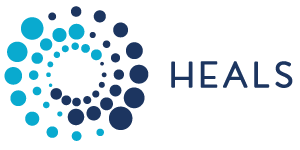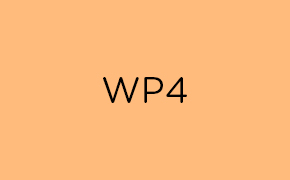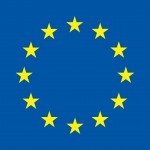Objectives:
- To identify and compare the different approaches for collecting, using and validating human biomarker data and ecosurveillance data collected across Europe (in cooperation with WP1)
- To provide guidelines for ‘biomarker of exposure’ selection for environment-wide association studies
Description of work and role of partners:
To a large extent HEALS will rely on data already available from human biomonitoring studies to assess internal exposure to environmental stressors. Hence, there is an important need to address the secondary use of samples or data collected in frameworks and studies outside of the immediate exposome-oriented line of research. The secondary use of biomarker data and samples puts significant strains on this process, particularly on privacy issues as these may vary across countries and often promotes the use of anonymous collection of the material. This obviously is contradictory to the individual exposure approach for exposure and health association that is the trademark of HEALS and needs to be addressed. In this WP, particular attention will be paid to avoid duplication of the work already carried out under other projects such as COPHES, INTARESE and ECNIS.
The work in WP4 is broken up into a number of distinct tasks:
Task 4.1 Identification and comparison of different approaches to collect, store, analyze, and/or interpret data relevant for biomarker studies (JSI, UPMC, NCSRD, OIKON).
Throughout Europe, projects aimed at harmonization of procedures, like COPHES and DEMOCOPHES (harmonization of HBM methodologies across Europe), CHICOS (Developing a Child Cohort Research Strategy for Europe), EHES (European Health Examination Survey) and PHOEBE (Promoting the harmonization of epidemiological biobanks in Europe), but also integrative research projects such as PHIME (Public health impact of long-term, low level mixed element exposure in susceptible population strata), or NEWGENERIS (Newborns and Genotoxic Exposure Risks), and KiGGS have all dealt with similar aspects of recruiting participants in cohort studies, completing questionnaires, and/or collecting information relevant for exposure- and health-determination. Collating and comparing the different approaches will highlight their particular strengths and limitations, and can be used as a basis for the use of biomarkers in population studies of the linkage between environmental exposure and health outcomes in Streams 4 and 5.
Task 4.2 Integration of existing biomarker data for human studies in the HEALS approach and data management tool (JSI, URV, LMU, NIOM, CSIC, UPMC).
Based on the work from Task 4.1, a workshop will be organized in cooperation with WP5, WP18 and WP19 to investigate how the smooth integration of existing biomarker data for human studies in the HEALS data management and environment and health association approach can be ensured. This workshop will focus on:
- Developing the proper procedures and checking the feasibility and extent of sharing biomarker data in Europe, with clear rules about IP-protection and data ownership, while at the same time safeguarding privacy aspects of participants (in cooperation with WP5 -omics);
- Properly informing ‘data owners’ on the advantages and restrictions of integrating their biomarker data into the larger context of the HEALS environment and health association protocol;
- Describing the appropriate data format and meta-data to allow for easy inclusion of disparate human biomarker data into the HEALS data management system (in collaboration with WP12).
In this workshop, active participation of data owners (from the cohorts mentioned in the Annex, but also e.g. including National Focal Points of DEMOCOPHES) is needed to allow setting the conditions, to organize the data sharing, and to guarantee the reporting and the communication of results. A detailed list of relevant participants for this workshop will be made based on the Scientific Networking work of WP2. Deliverable D4.2 will prepare the relevant discussion documents and meeting topics, including a report of the workshop, and will provide further input to finally develop recommendations for future similar activities, including the ethical and legal aspects of data sharing. HEALS plans to make the format of the biomonitoring part of the HEALS database compatible with the database structure in COPHES/DEMOCOPHES so as to facilitate the rapid integration of relevant data. Based on the outcome of the workshop specific rules for IP protection and data management will be set up and followed between the responsible HEALS partners and the HBM data owners in COPHES/DEMOCOPHES.
Task 4.3 Development of strategy to identify biomarkers for exposome studies (LMU, JSI, UM)
Measuring biomarkers depends on more parameters than simply the technical ability to measure a chemical in a human matrix. Apart from technical feasibility, also parameters such as relevance of a matrix, toxicokinetic variables such as half-life of a chemical or metabolite, inter- and intra-individual variability, variability among different sub-populations, exposure frequency need to be understood properly for a biomarker to be useful for studies assessing individual exposure to environmental stressors and predicting health outcomes. Hence, in order to ascertain that the right biomarkers are included in an environment-wide association study, Task 4.3 will review the relevance of various human matrices for exposome studies (blood, urine, meconium, saliva, hair), and develop a selection strategy to identify appropriate biomarkers for EWAS studies. This task will be performed closely to Task 5.2 under WP5. As the exposome represents the totality of exposures throughout a person’s lifespan, specific attention will be given to the temporal relevance and representativeness of biomarkers.


